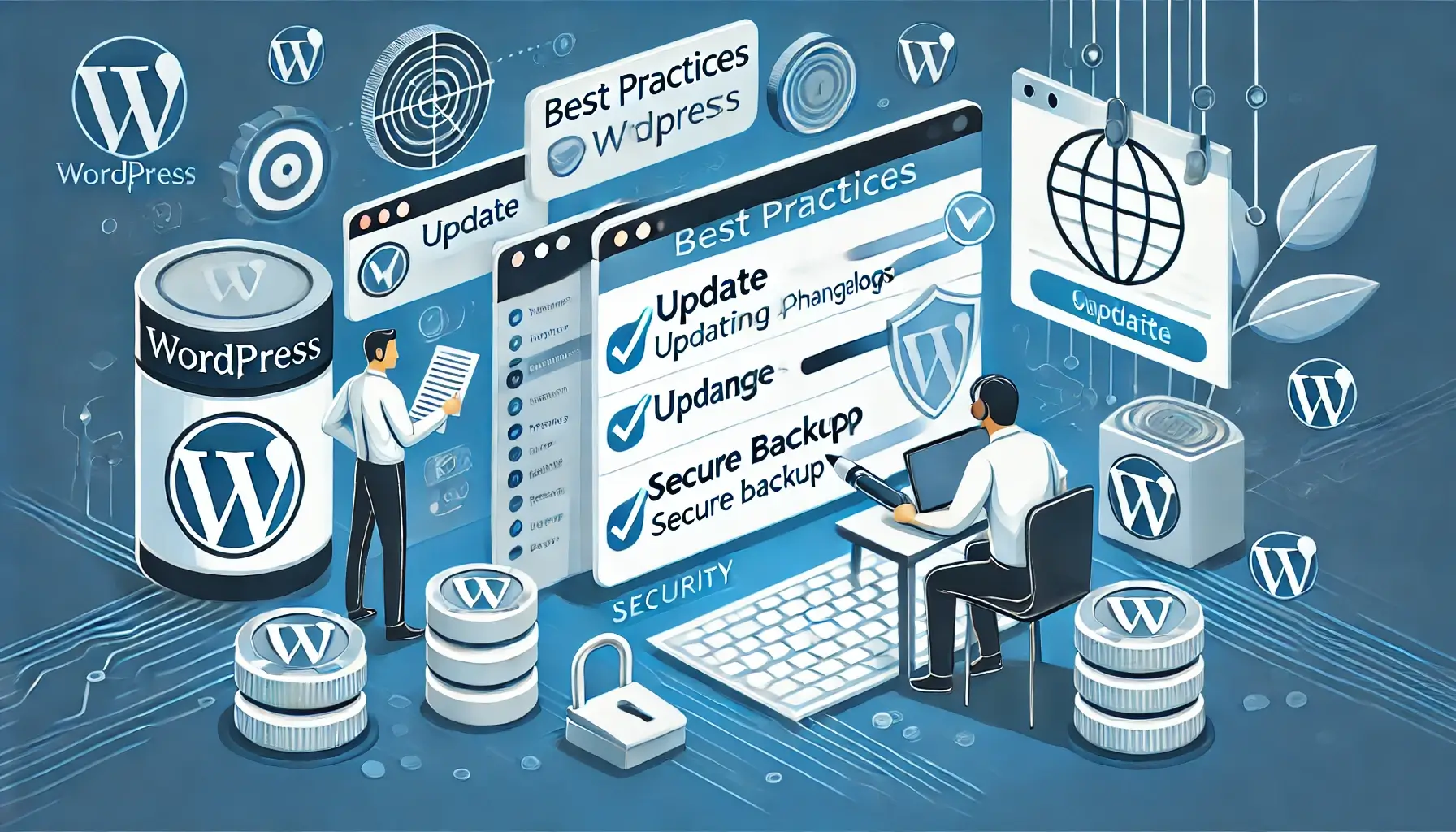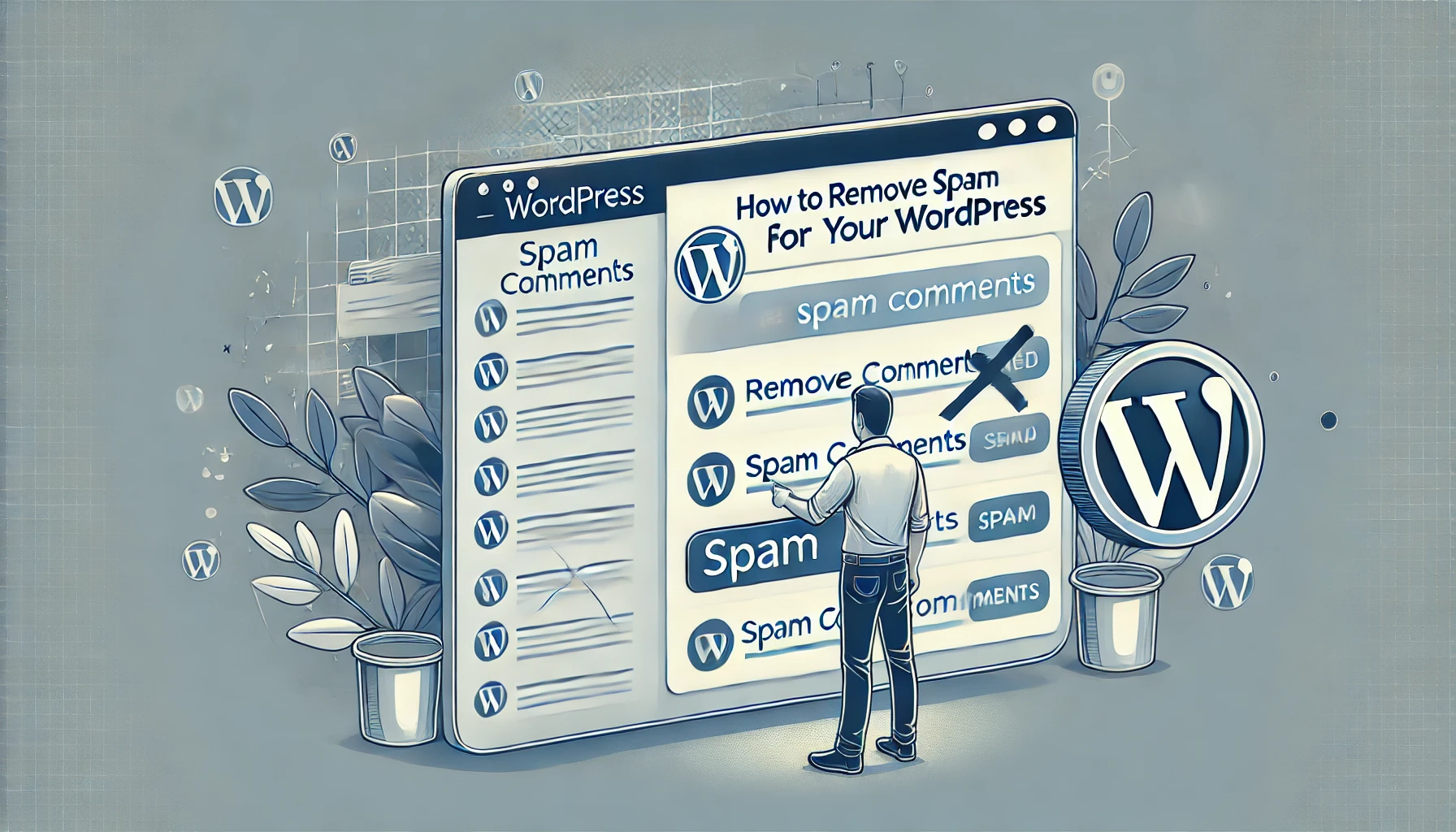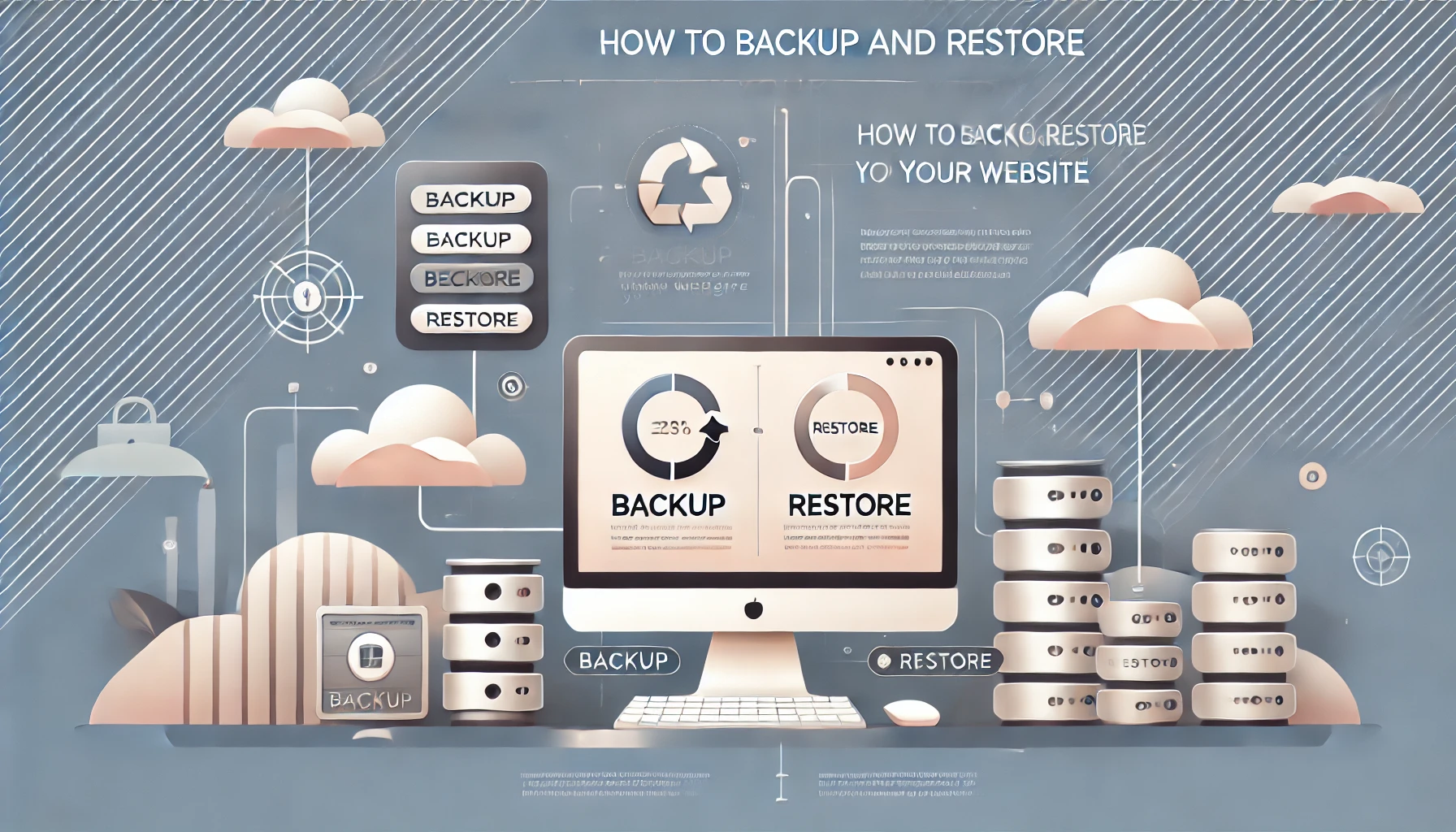How to Recover a Website Hacked with Defacement

Website defacement is a serious security incident where hackers replace your content with unauthorized messages, images, or code. This guide will walk you through identifying signs of defacement, analyzing vulnerabilities, recovering your website, and preventing future attacks.
What is Website Defacement?
Website defacement occurs when malicious actors gain unauthorized access and modify your website’s appearance. This is often done for propaganda, cyber-vandalism, or to spread malware. The first step is to identify and assess the damage.
Signs of Website Defacement
- Unfamiliar content, such as altered text, images, or banners.
- Pop-ups or redirects to suspicious websites.
- Notifications from search engines or browser warnings about unsafe content.
Step 1: Take Your Website Offline
As soon as you discover the defacement, take your website offline to prevent further damage. This can be done by placing the site in maintenance mode or temporarily disabling it via your hosting control panel.
Step 2: Check and Analyze Logs
Check your server logs for unusual activity:
- Access logs: Look for unauthorized login attempts or suspicious IP addresses.
- Error logs: Identify potential vulnerabilities or points of entry.
Commands to analyze logs in Linux:
# Check recent access log entries
tail -n 50 /var/log/apache2/access.log
# Check error logs
tail -n 50 /var/log/apache2/error.logStep 3: Scan for Malware
Use a security scanner to detect malicious files or scripts:
- Install plugins like Wordfence (for WordPress) or Sucuri Scanner.
- Run a malware scan from your hosting control panel, if available.
- Use external tools like Sucuri SiteCheck.
Step 4: Restore from Backup
If you have a recent backup, restore your website to its previous state:
- Log in to your hosting dashboard or backup tool.
- Select the most recent clean backup and initiate the restore process.
- Verify the restored site to ensure all content is intact and functional.
If you don’t have a backup, you’ll need to clean the infected files manually or hire a professional service.
Step 5: Strengthen Security
After restoring your website, secure it to prevent future attacks:
- Update all CMS, plugins, and themes to their latest versions.
- Change all passwords, including admin, FTP, database, and hosting accounts.
- Restrict file permissions to essential levels (e.g., 644 for files, 755 for directories).
- Install a web application firewall (WAF).
Step 6: Monitor Your Website
Set up monitoring tools to detect suspicious activity:
- Enable two-factor authentication (2FA) for admin accounts.
- Use tools like Google Search Console to track indexing and malware warnings.
- Regularly review server logs and set up alerts for unauthorized activity.
Conclusion
Recovering from website defacement requires immediate action, thorough analysis, and robust security measures. By following these steps and maintaining regular backups, you can minimize downtime and protect your website from future threats. For expert help, contact WebCareSG.
Related WebCare Solutions
Best Practices for Updating WordPress and Plugins
Learn the essential best practices for safely updating WordPress and plugins to ensure security, performance, and compatibility.
How to Remove Spam Comments from Your WordPress
Learn how to effectively remove spam comments from your WordPress site to maintain a clean and professional appearance."
How to Backup and Restore Your Wordpress Website
Learn how to backup and restore your website. Follow these detailed steps to protect your data and quickly recover from any issues.
Ready to get started?
Focus on your business while we fix your website. Contact WebCareSG today for fast, reliable solutions!
Whatsapp us on


